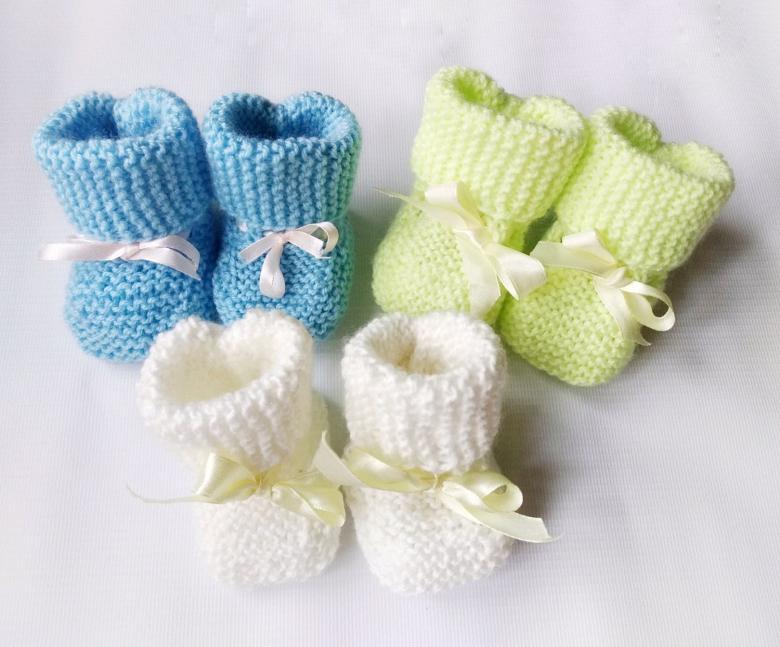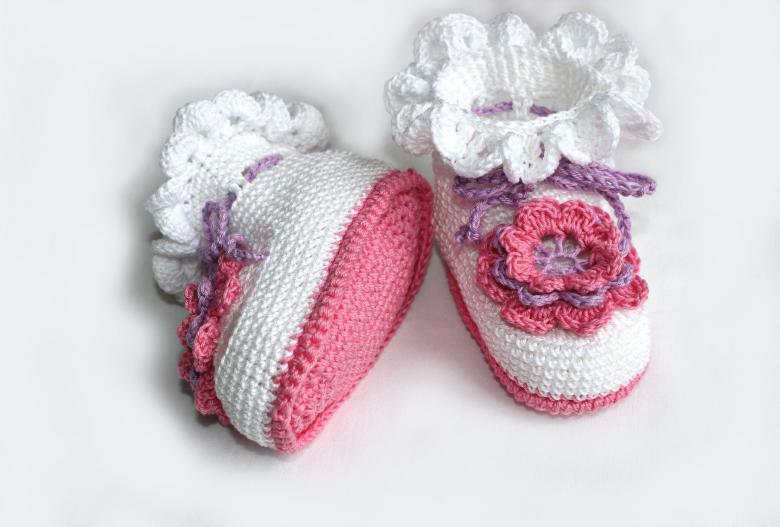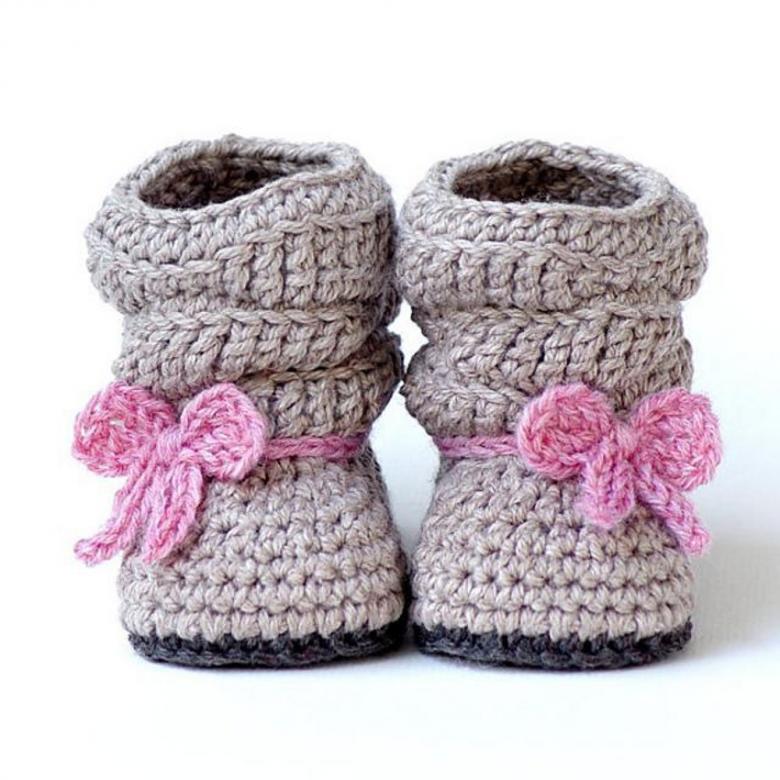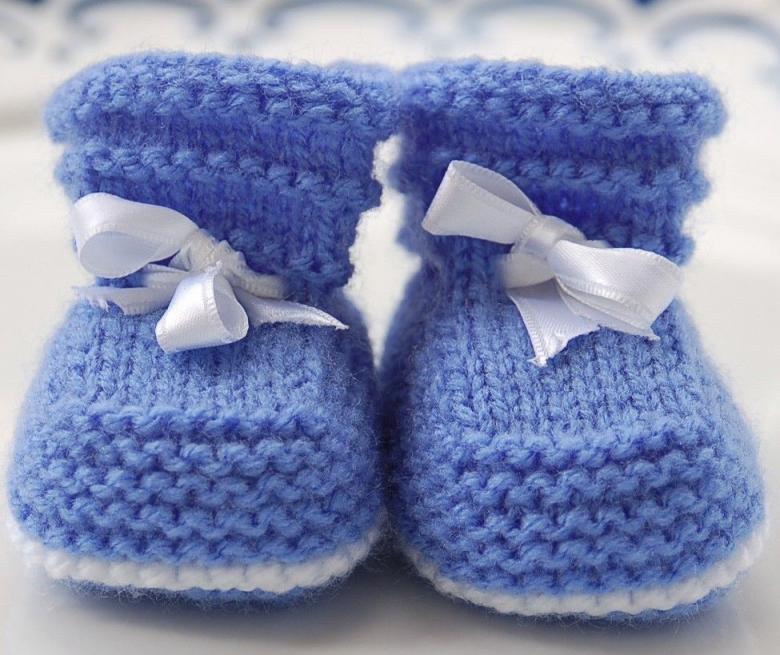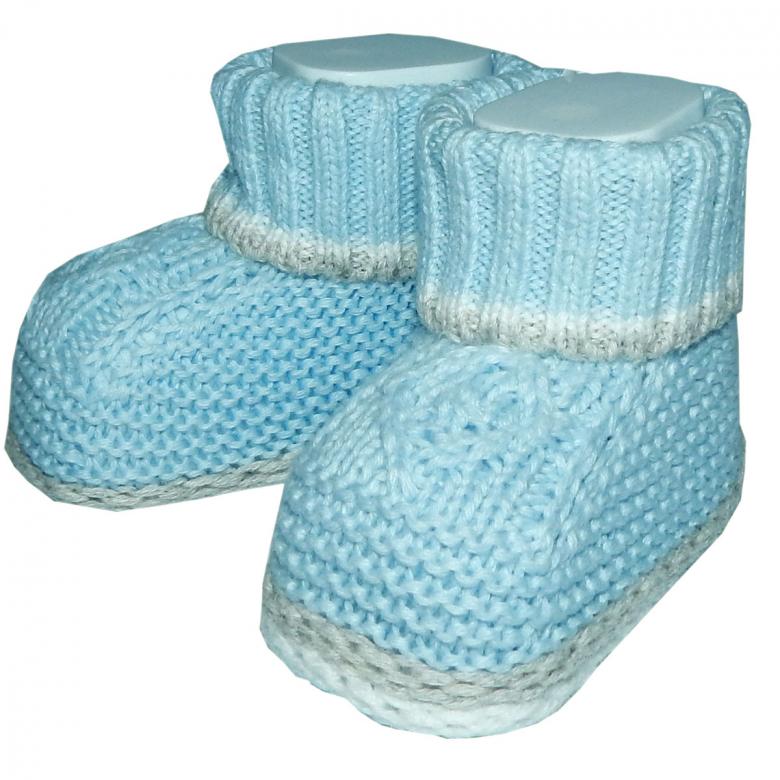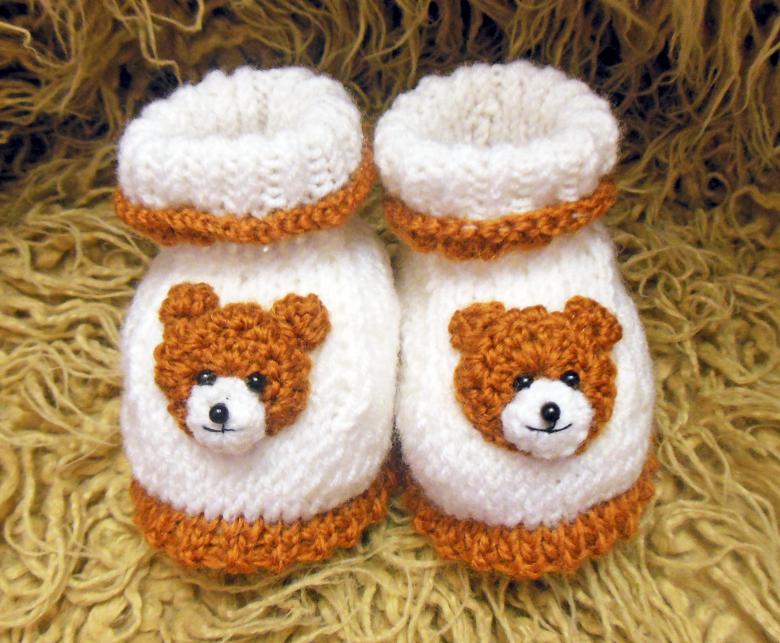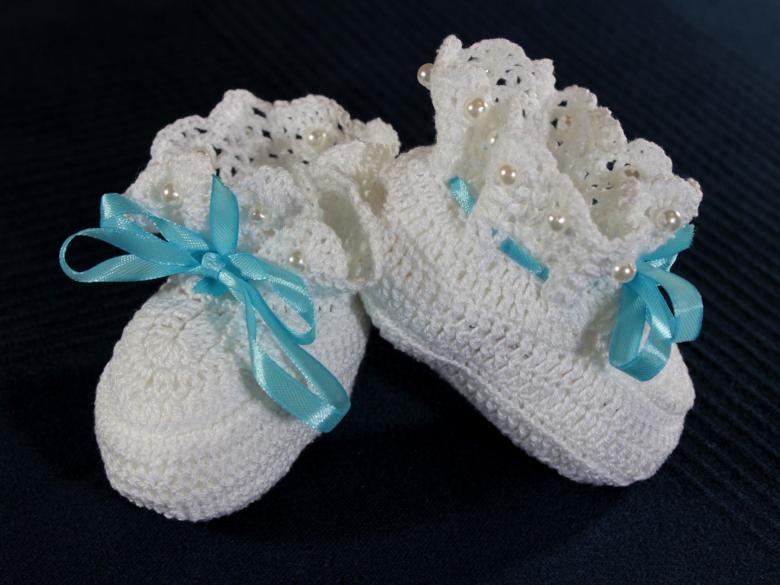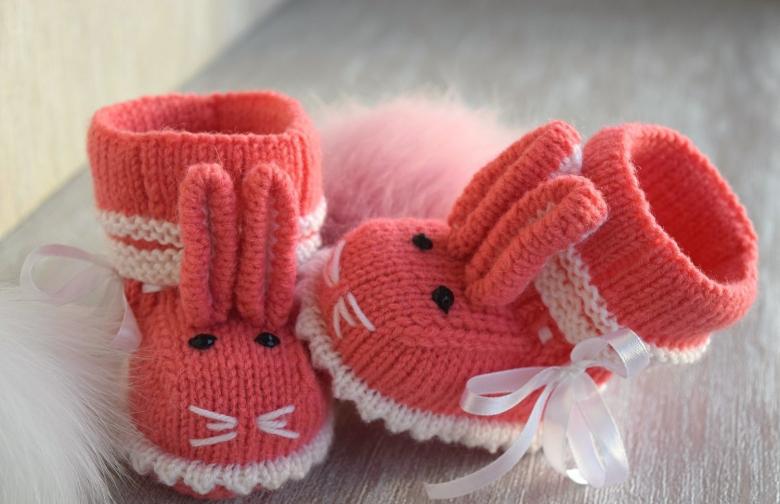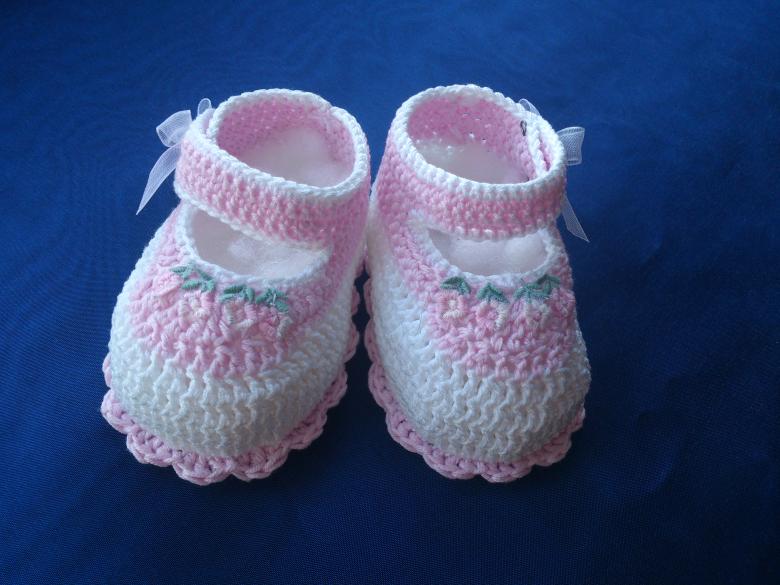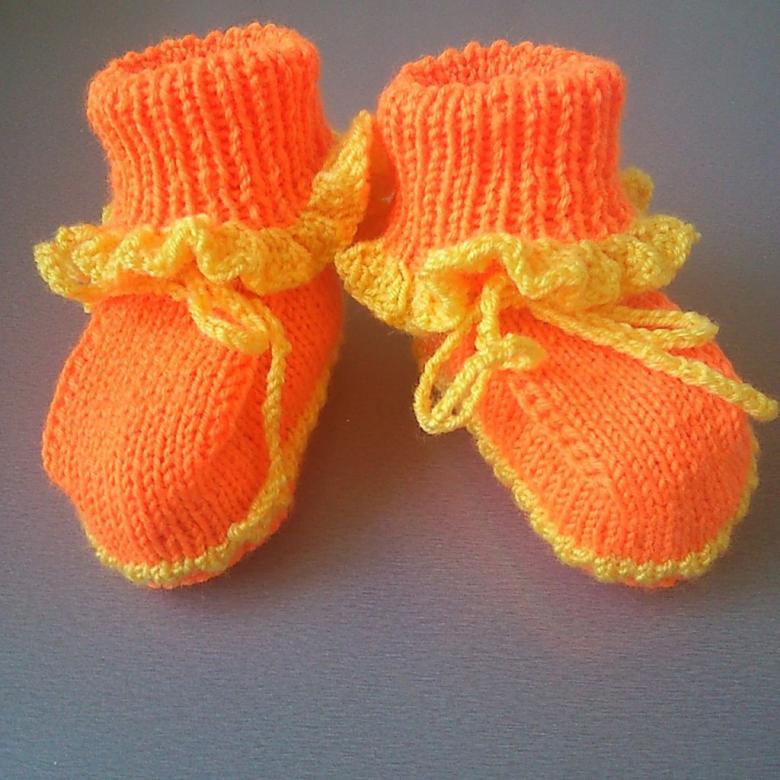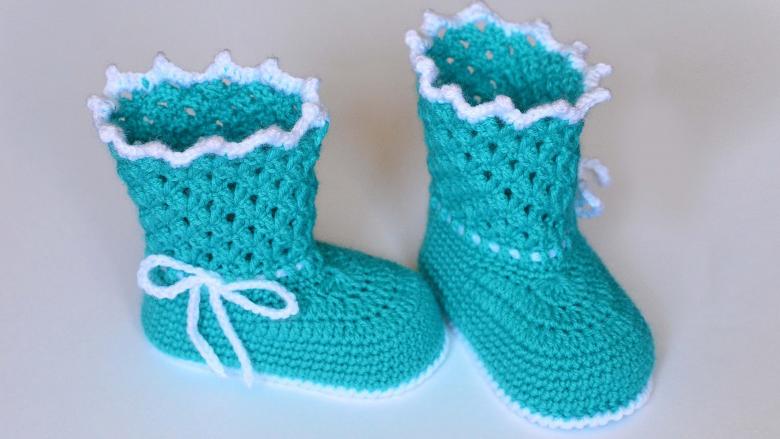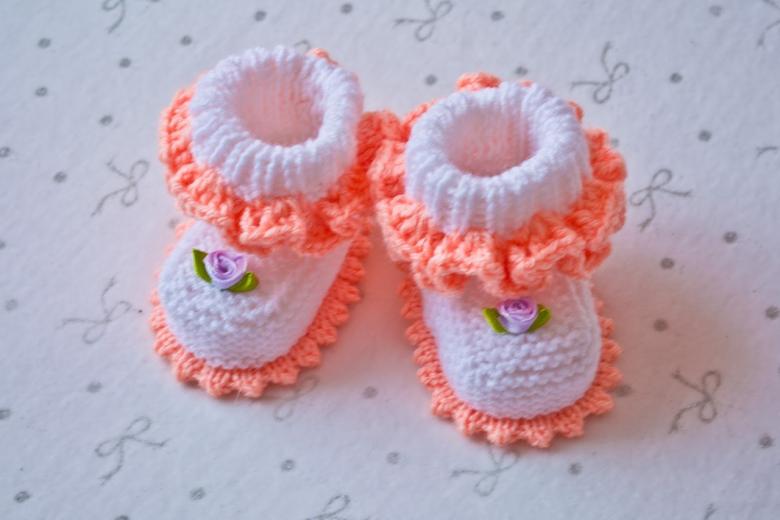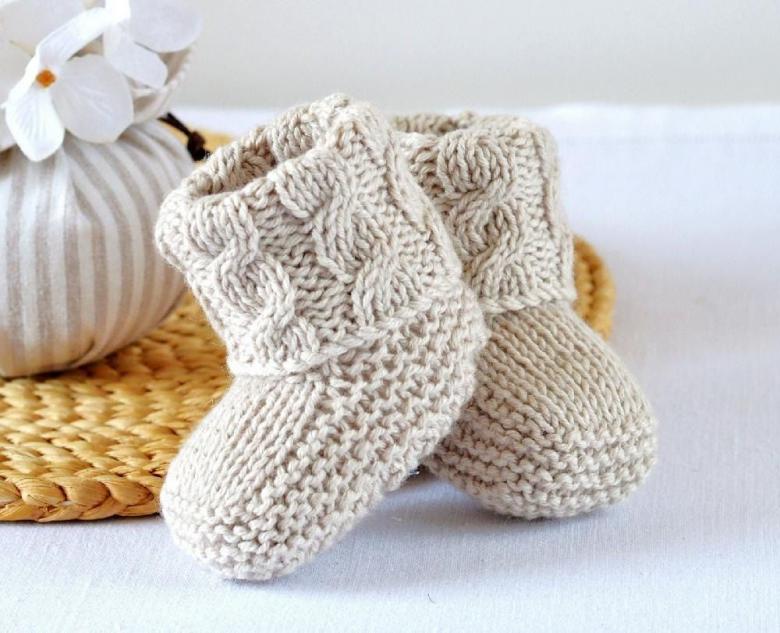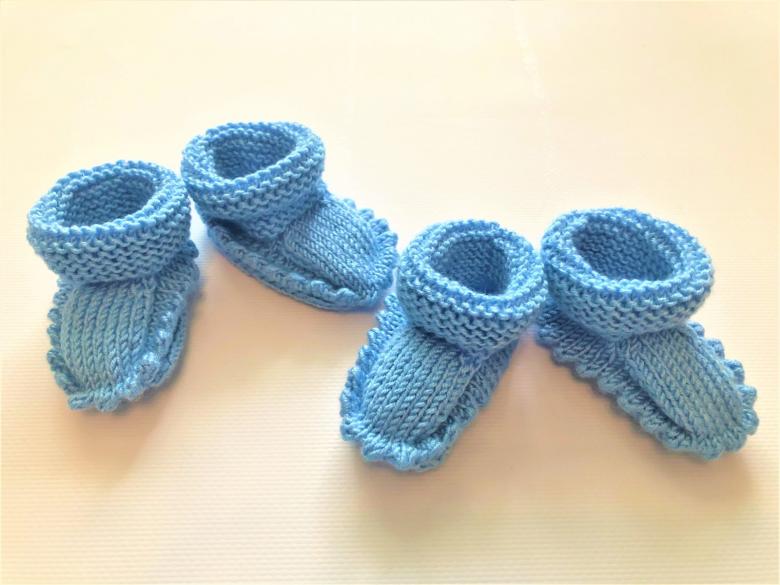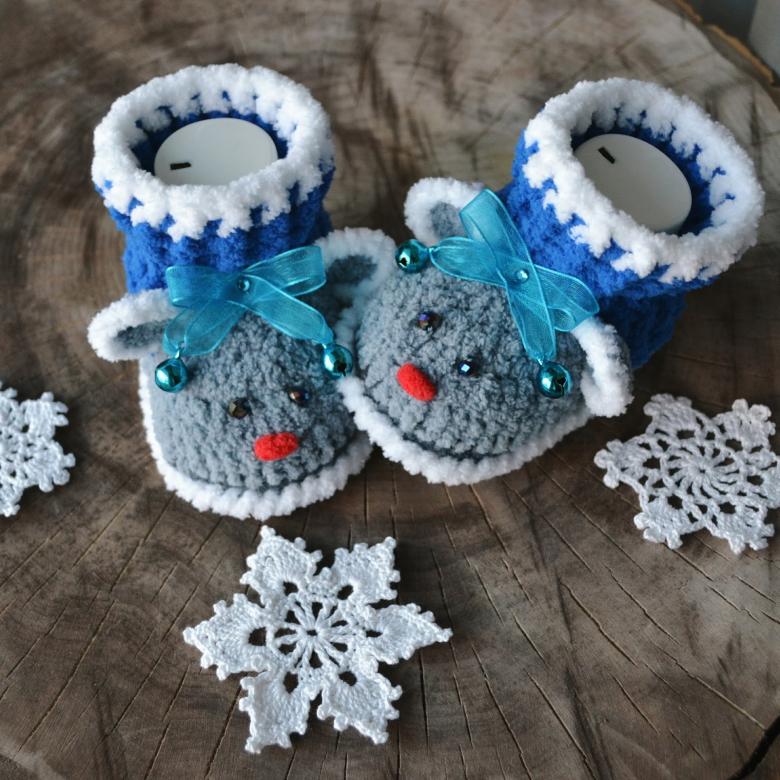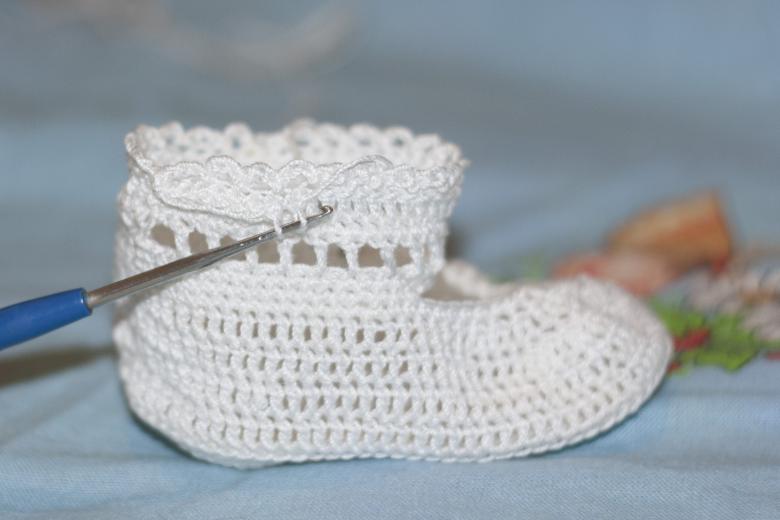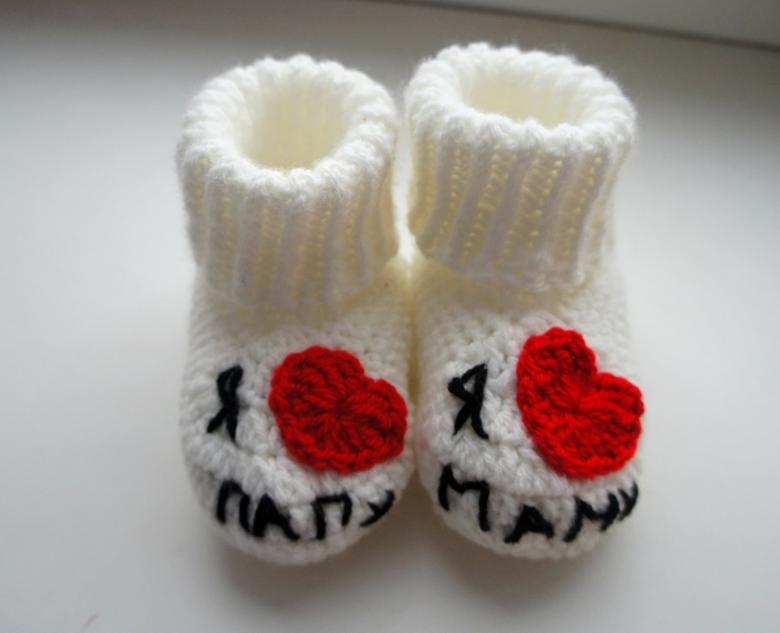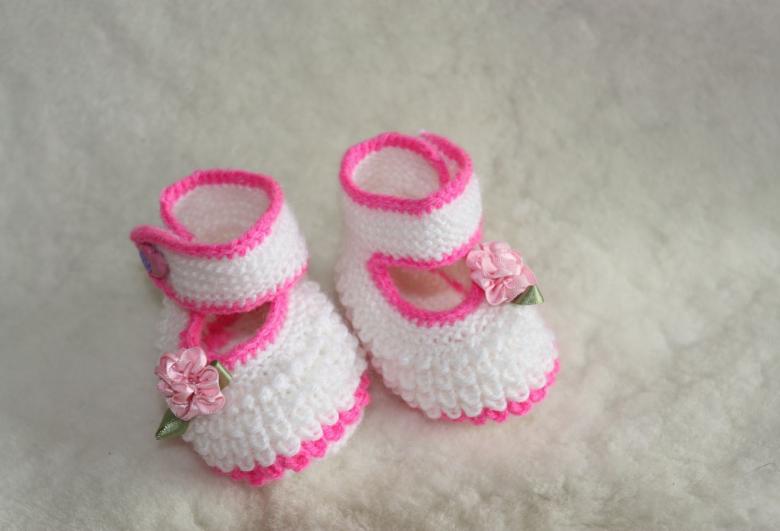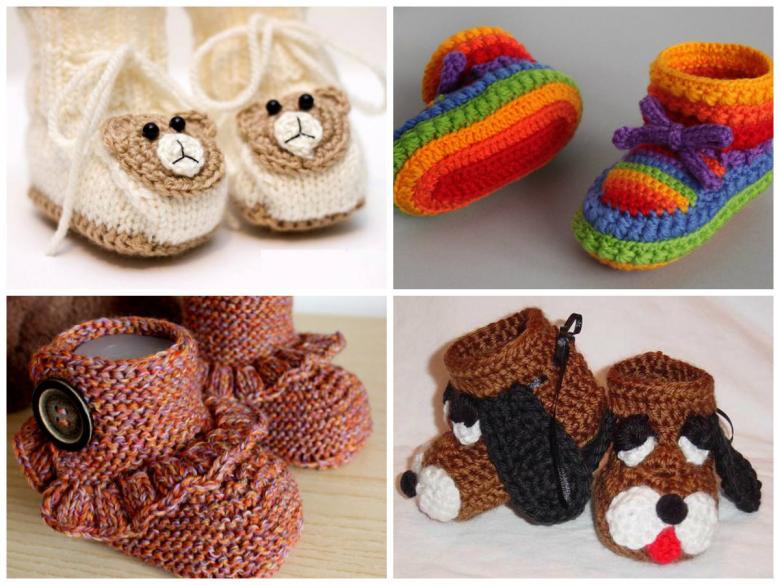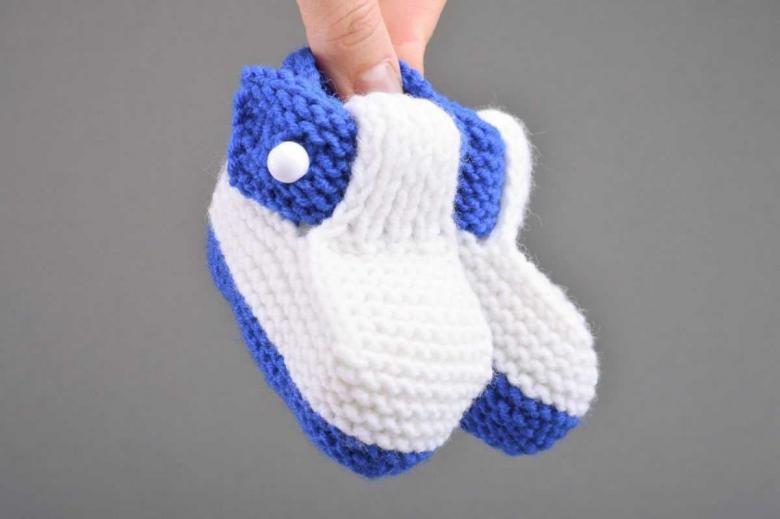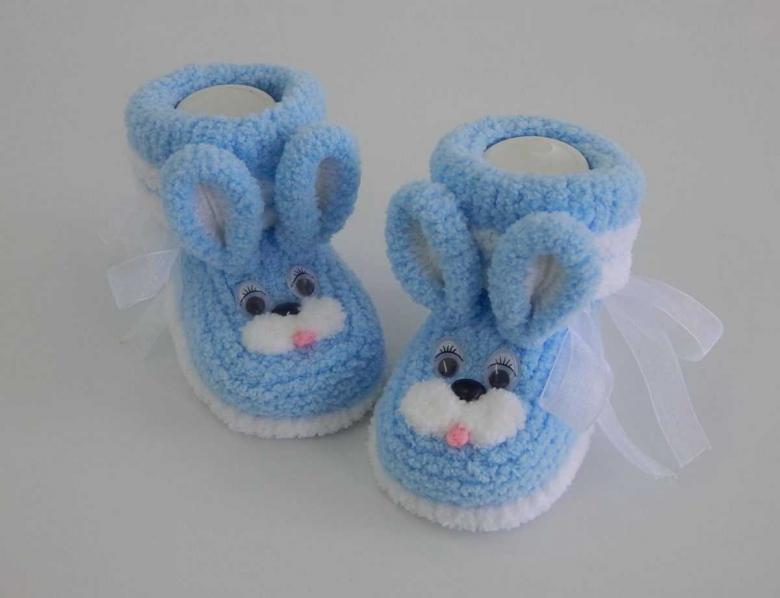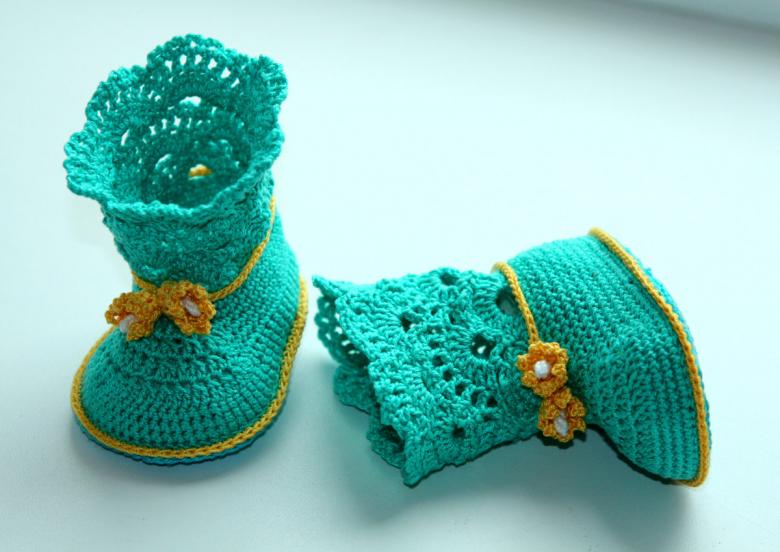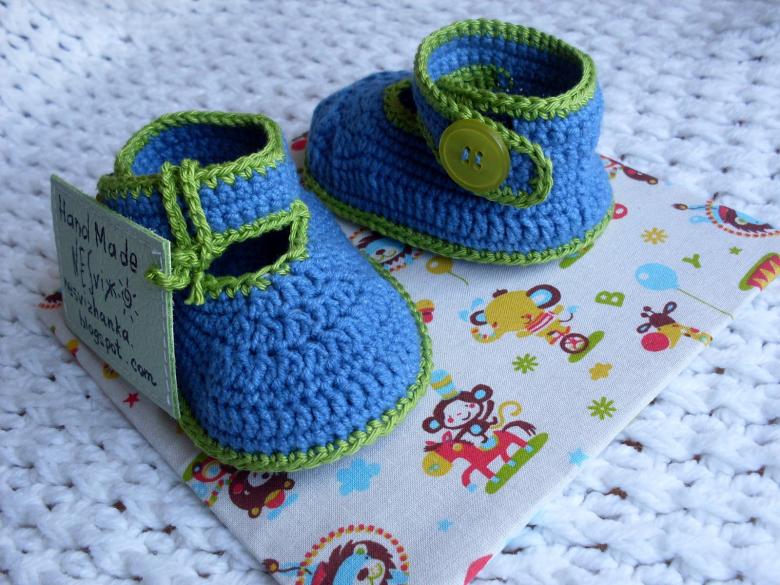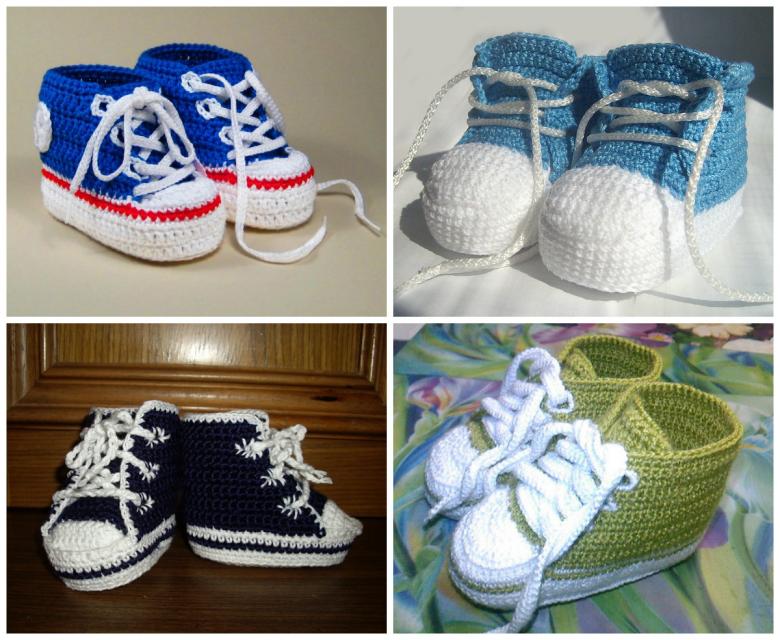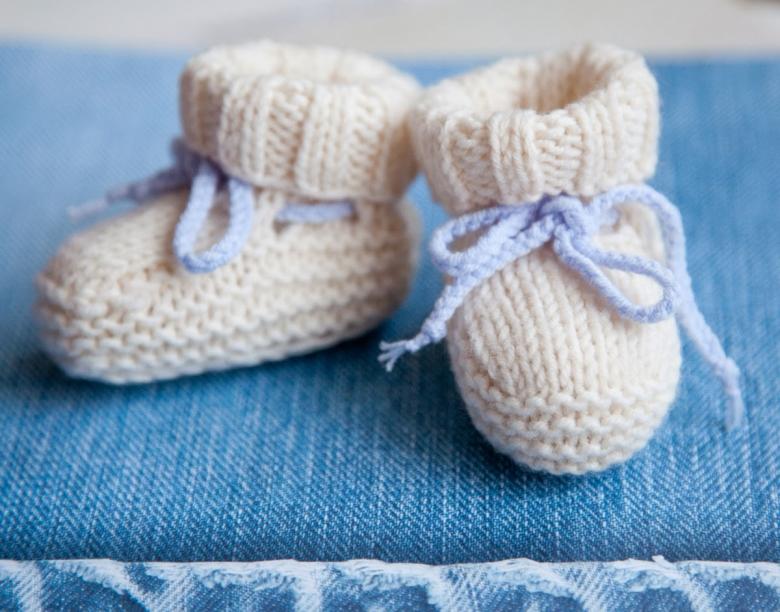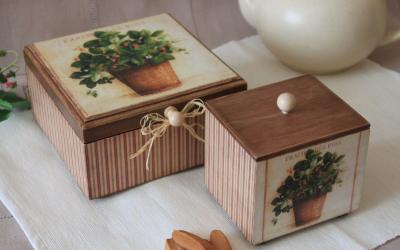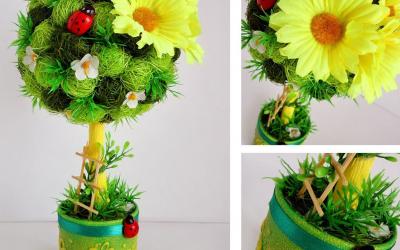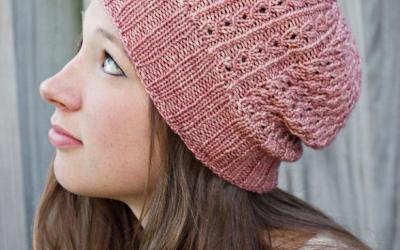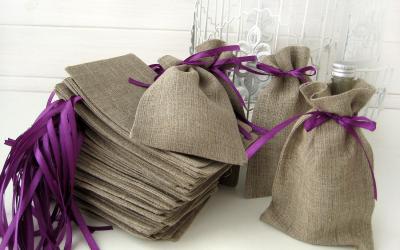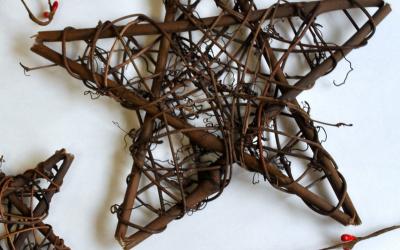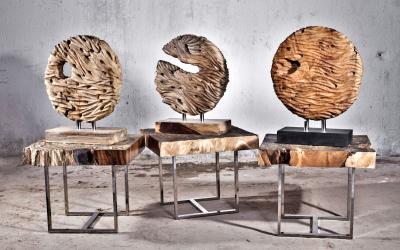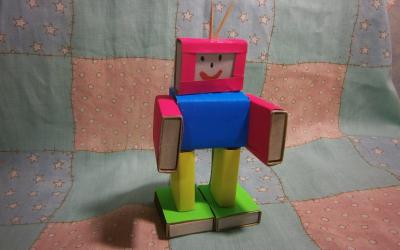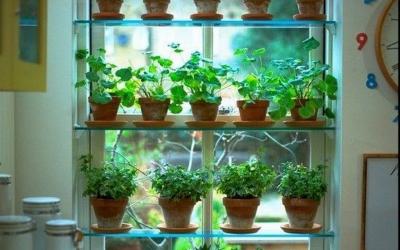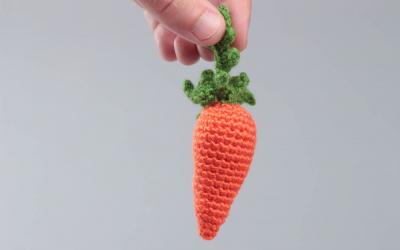Knitting booties for babies with needles and crochet - step by step master classes, photo ideas, description of patterns
The booties are considered to be the first clothes for a newborn baby. Expectant mothers, waiting for the birth of a baby, prepare him a dowry, knit by hand booties, putting in them all the love and care.
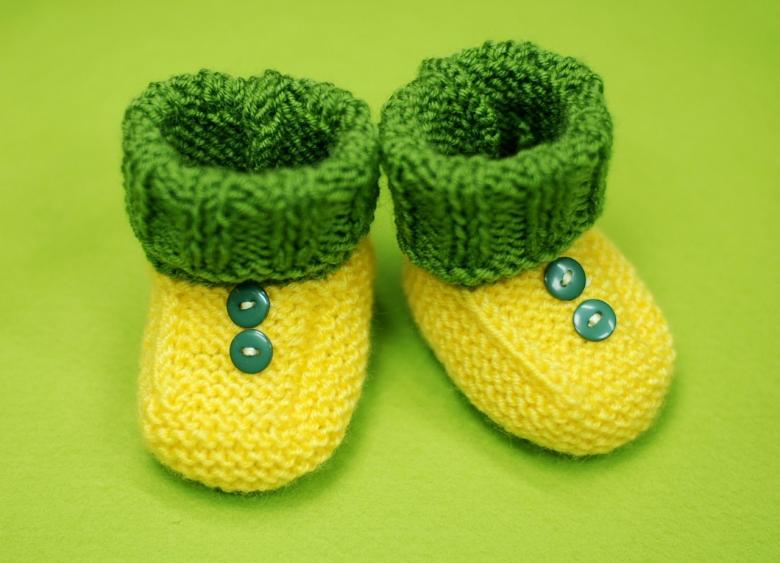
Knitted socks, reminiscent of boots, warm chubby feet, not only in the street, but also at home, because the system of thermoregulation in newborns is not yet fully debugged, and the tiny heels in the first place is exposed to cooling.
Bunny booties
Like any closet item, booties can be distinguished by species:
- by gender, traditionally for girls pink or red, for boys - blue, blue;
- According to the material, the first shoes a newborn is sewn from cloth or leather, woven from yarn, felted from wool;
- seasonality, summer and winter socks differ in warmth;
- by shape, booties can be made in the form of sneakers, boots, shoes, sandals, sacks, and even cakes;
- by solemnity, for discharge from the maternity hospital, everyday, for a visit, for baptism.

Imagination needlewomen sometimes surprise by their embodiment. Some booties are worthy to be shown in museums, not for everyday wear. The baby in the booties, associated with their own hands, causes emotion and awe in the hearts of mothers.
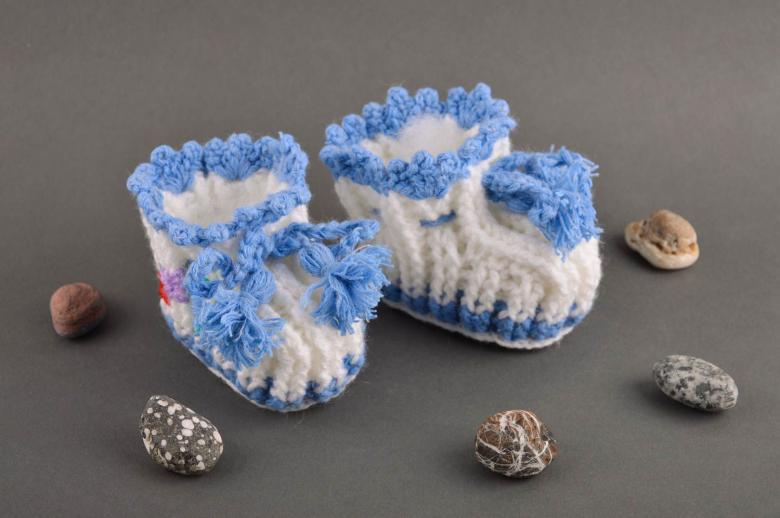
Yarn for knitting baby products
The main requirement for the material from which children's clothing is made is hypoallergenic. Articles on needlework blogs and creative resources on the Internet give recommendations on the choice of yarn for knitting booties. Types of yarn:
- mercerized cotton;
- microfiber;
- acrylic;
- Wool, half wool.
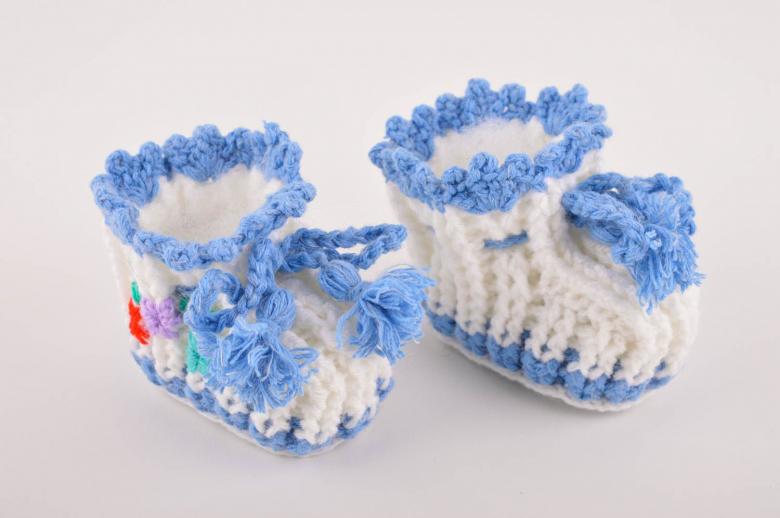
Mercerized cotton is used to create models for warm seasons or everyday home wear. The thread has a strong, silky structure, looks attractive, does not burn out in the sun.
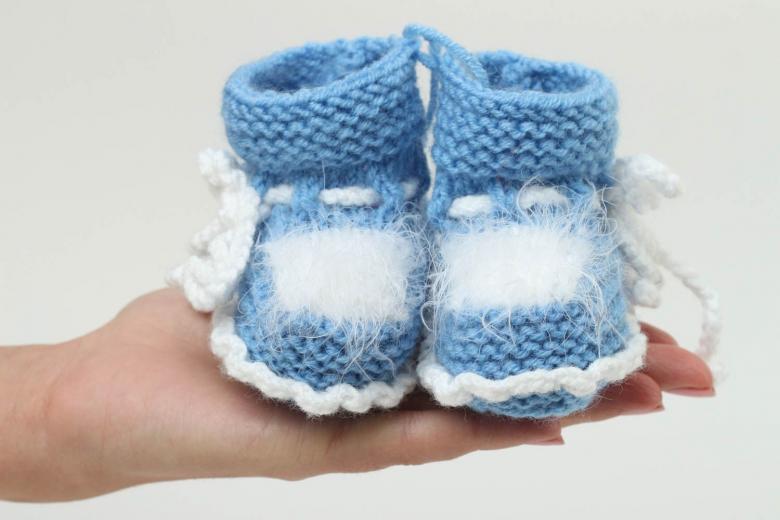
Cotton booties are pleasant to the touch, you can put them on your baby's bare feet and he will feel good in them. Cotton clothes wash well, dry quickly, it is difficult to tear them, they have a high resistance to wear.
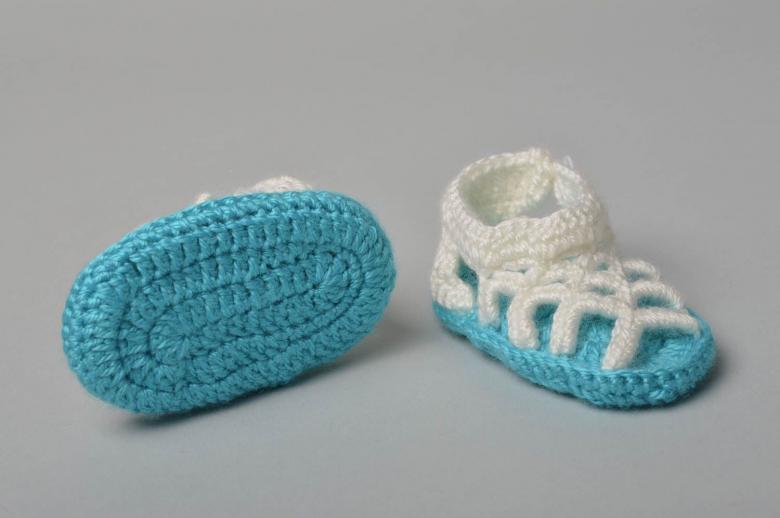
Microfiber is a kind of know-how from the Japanese textile developers. The yarn consists of many interlaced small fibers of microfiber. The yarn does not cause allergic reactions, has a nice sheen, and thanks to the smooth surface during the knitting process slides well on the hook. Things made of microfiber can withstand numerous washings, retaining their shape and "marketable appearance".

Acrylic is familiar to many knitters because its structure and warmth resemble that of natural wool, but it is completely non-allergenic. Acrylic yarn consists of synthetic threads, has a rich palette of colors, holds shape well and keeps warm.
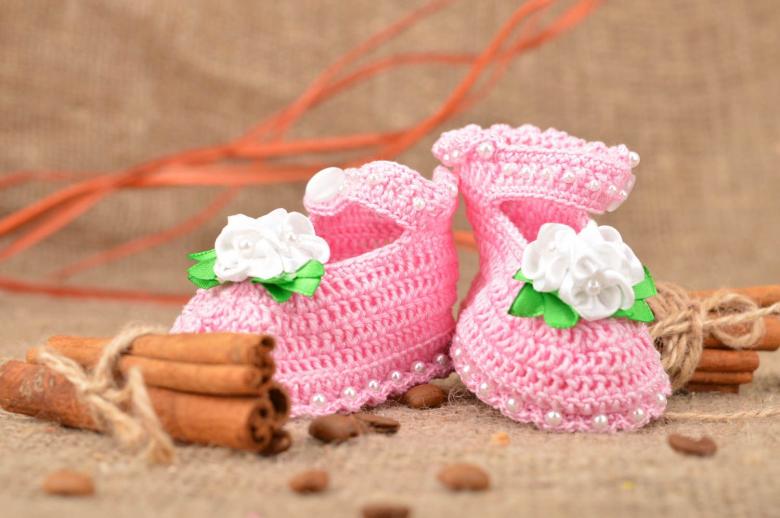
Woolen booties are used in the cold period for walks. They are incredibly warm, but can cause irritation on the baby's delicate skin, so they are not allowed to put on a bare feet. In addition, children prone to allergies, may react to the small hairs of wool, which fall into the air.
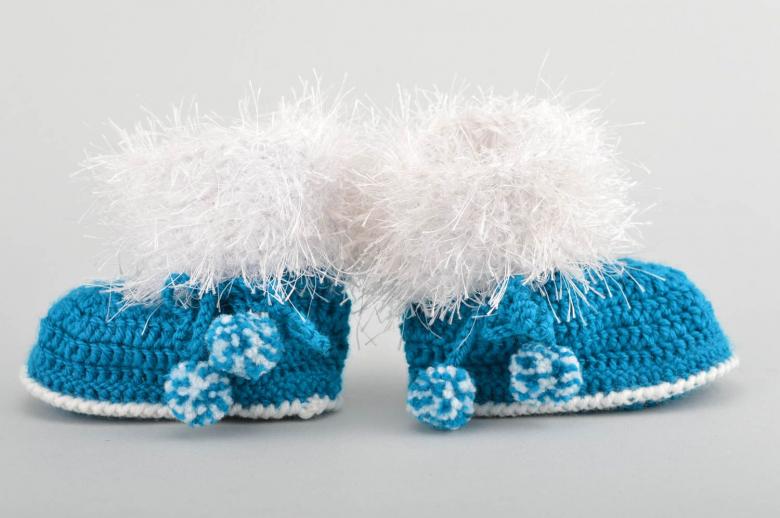
The basis for the booties crochet
Whatever the idea of the booties, crochet always begins with the basis - the sole. The scheme is always the same, differing only in length. Before you start knitting, you need to measure the length of the child's foot or trace it with a pencil on paper.
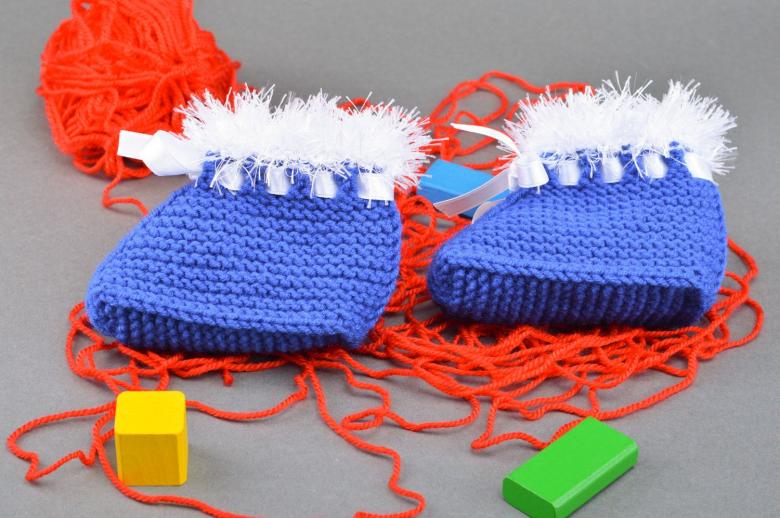
In the process of knitting, you need to apply the future basis to the drawn template. This eliminates errors in determining the size of the product. Newborn babies have a foot length of 8-9 cm.

Detailed master class on knitting the sole:
- Make a buttonhole and gather 10 air loops (VP);
- Tie three loops and do 10 columns with a stitch (SSN), the tenth column will be in the last loop in it just need to slip the same 5 central SSN, then one SSN and still in each loop of the nine SSNs to the end of the row.
- Once in the starting buttonhole, it is necessary to knit 5 central IAS.
- The second row should be knit like this - in the central CHS two CHS, in each loop of the total length of one CHS.
- Attach the product to the template of the foot. If the length and width fits, then the sole is connected. If not, continue knitting.
- In the next row, knit along the main length of 10 Icons, in the center Icons knit alternating 2 Icons, 1 Icons.
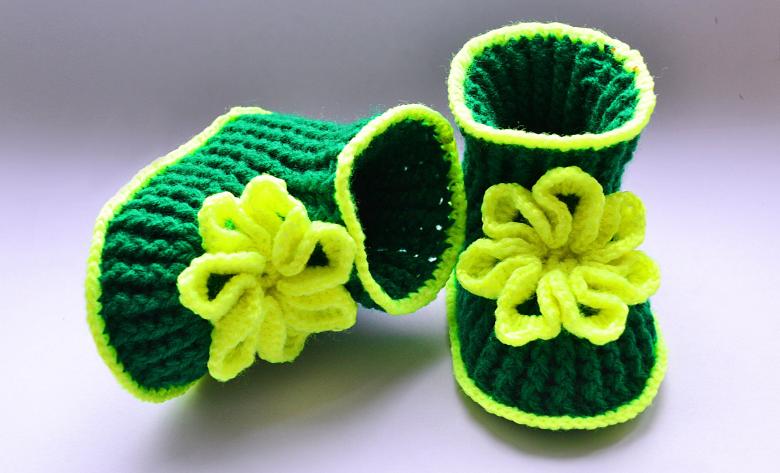
Once the sole is ready proceed to knitting the main part of the shoes. At this point, experienced knitters like to experiment with patterns, but the main motif is usually columns without stitches. For beginners it is best to stick to this step-by-step plan.
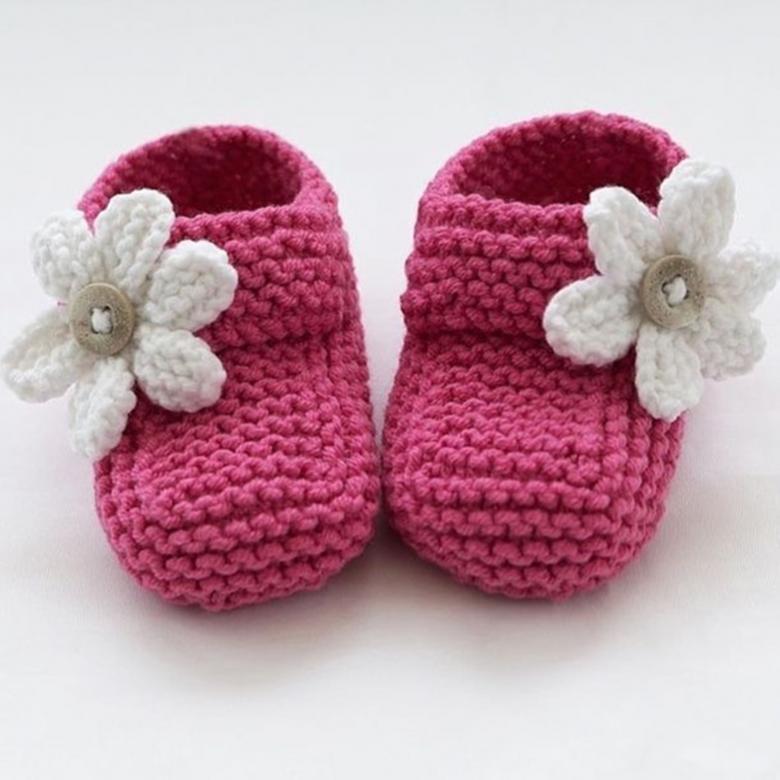
Description of crochet booties
When the sole has acquired the desired size, begin to knit the upper part of the bootees. To do this, make two loops of lifting and knit rows of CBN, not adding stitches, to a height of 2-3 cm. Then begin to evenly add loops in the nose part of the shoes. To do this on both sides of the product make a mark with a knitting marker or a red thread and add loops in this range.
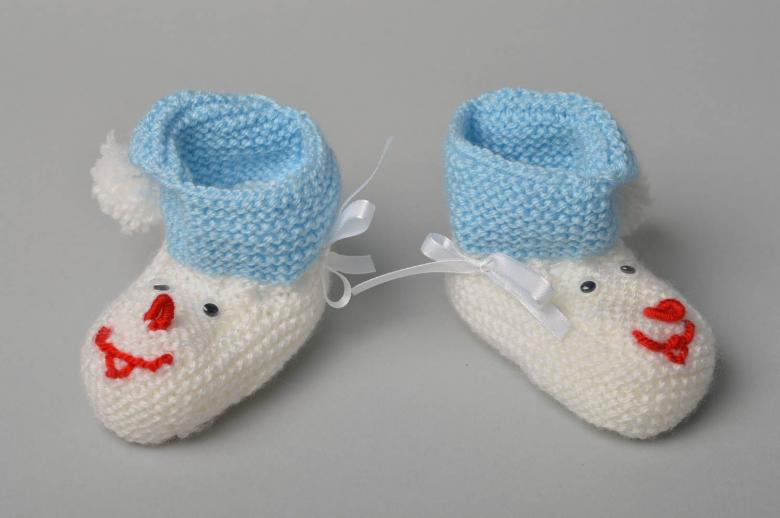
In the first row make five subtractions, in the next - three subtractions, in the third - one. After the cut, there are enough loops left to start knitting the part of the bootie that covers the child's shin. To do this, simply knit in a circle in the selected pattern to the desired height.
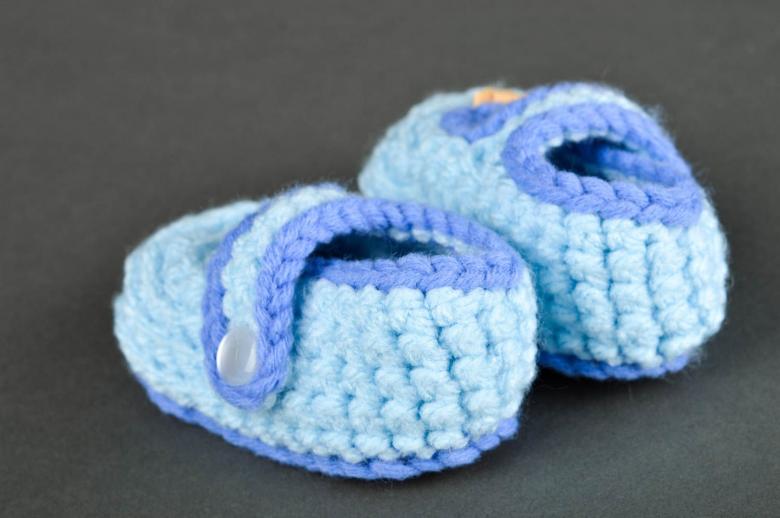
To booties do not fall off the legs, you need to equip them with fixing ties. For this common skein cut three yarns of equal length and braid them. The tie is ready. Similarly, make the second tie and use a hook to put them into the cuff.

A special thrill of moms is the decoration of ready-made booties. Mothers of girls try to embroider shoes with beads, decorate them with girlish motifs from felt and bows from ribbons. Mothers of boys are laconic and decorate booties funny buttons or motifs from felt on a sea theme (sail, airplane).
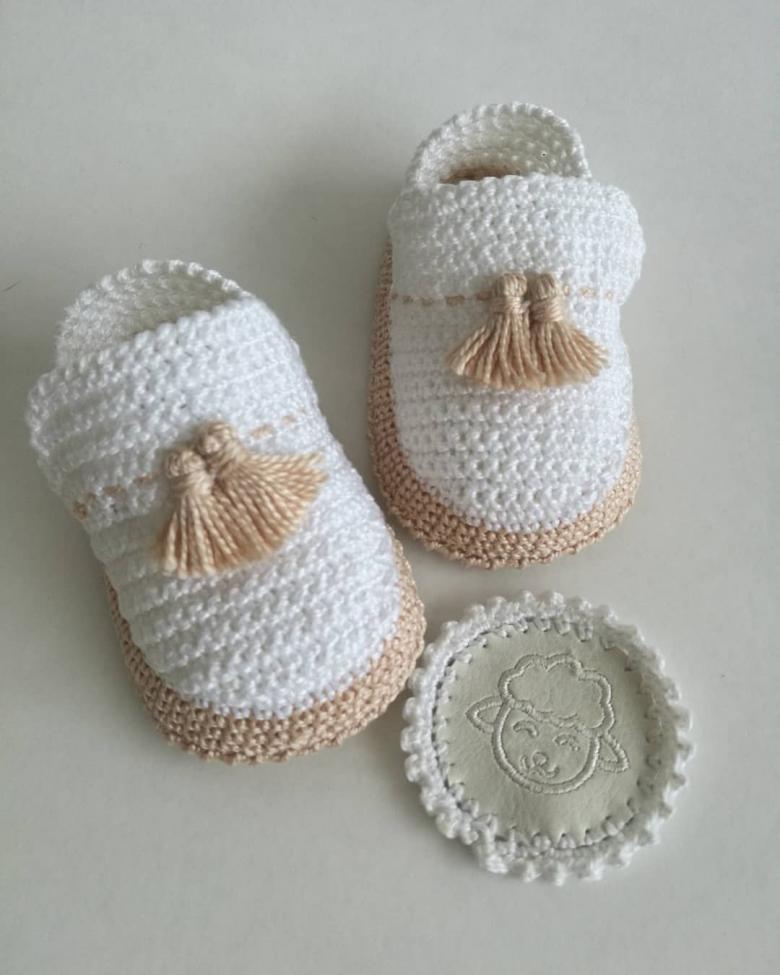
Inspired by ideas can be found in photos of ready-made booties, which are published in abundance on handmade resources, social networks and blogs on the Internet.
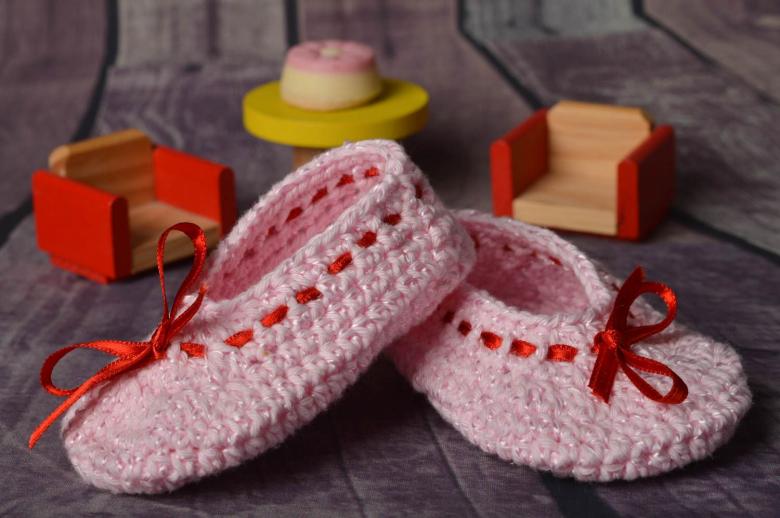
Bootees with needles
Many needlewomen believe that it is more difficult to knit with needles than with a hook. The canvas on the needles turns out smoother, more affectionate. Everyone chooses a tool based on their skills and preferences. Master knitting on needles is not difficult, there are many training videos on the Internet. The main thing is the desire.
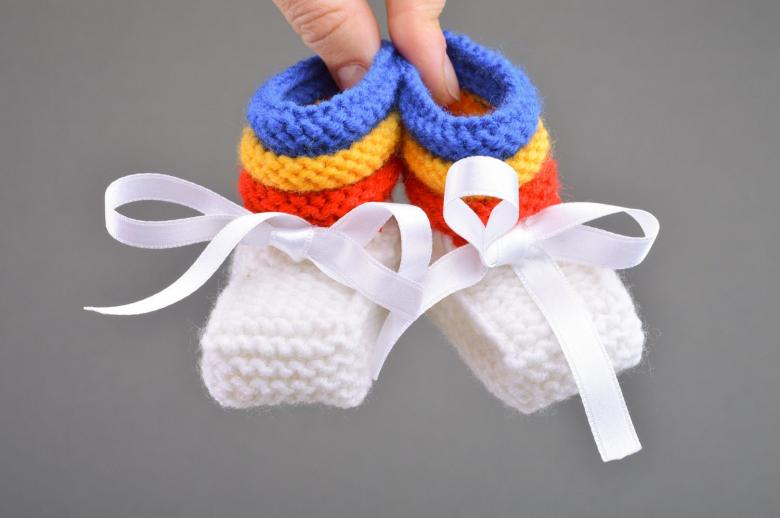
Master class knitting booties on needles:
- Before you start tying the product, you need to make a sample to determine the estimated number of loops in one centimeter.
- Model begins with knitting the cuff. On the needles of the required number of loops (for example 37), distribute on 4 spokes, the outermost loops are tied together to close the circle.
- The cuff is knitted with 1x1 rubber band for 12 rows.
- For the ties leave two holes, for this two stitches knit together and make a hook, that their total purity is not changed.
- After the holes two rows continue to knit 1×1.
- Distribute the backs, one remains on the loops for the toe, on the side by 7 loops for the sides, on the fourth spokes - 11 loops for the heel.
- Knit the toe - the top of the bootie, 11 loops of scarf knit for 18 rows.
- When the toe is tied, use side spokes to pick up one stitch on each side of the toe.
- Knit 10 rows of plaid knit.
- Knit the sole from the toe. To do this, knit a shawl on the front needle with 11 stitches, alternating between the edge stitch and the first stitch of the board.
- Pull the ties through the holes.

The bootees are ready. While waiting for the birth of a baby, moms usually have enough time to knit a few kinds of booties - for all weather.
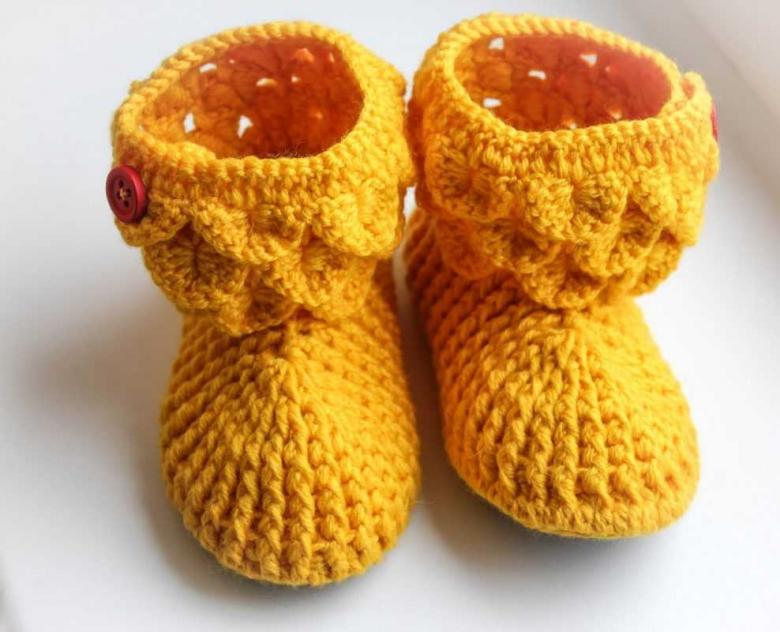
Baby booties are important not only as a warming article of clothing. They also serve as a beautiful accessory and complement the baby's outfit at the discharge from the hospital or on a visit. The first booties, bound by mother or grandmother, are often kept for life as a talisman and remind them of a cloudless childhood, of comfort and parental love.

